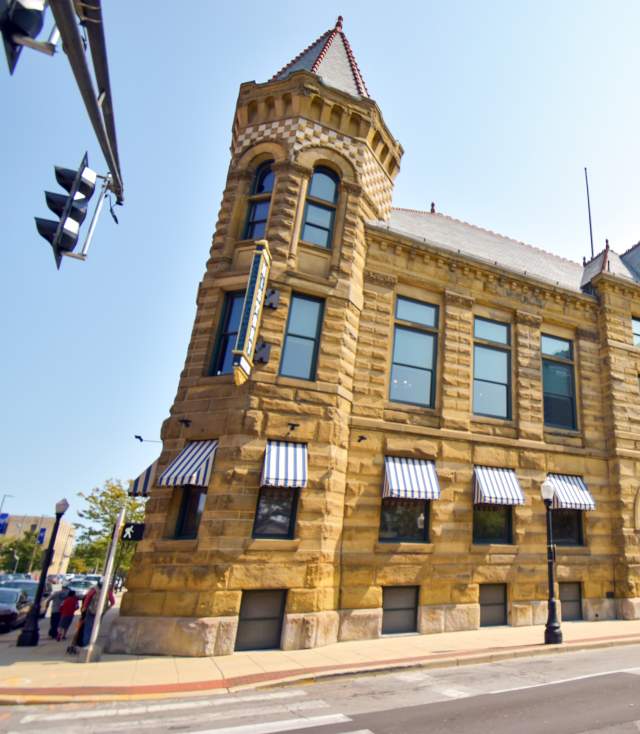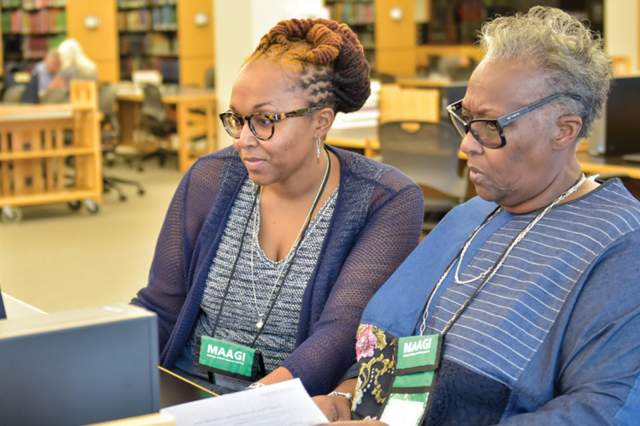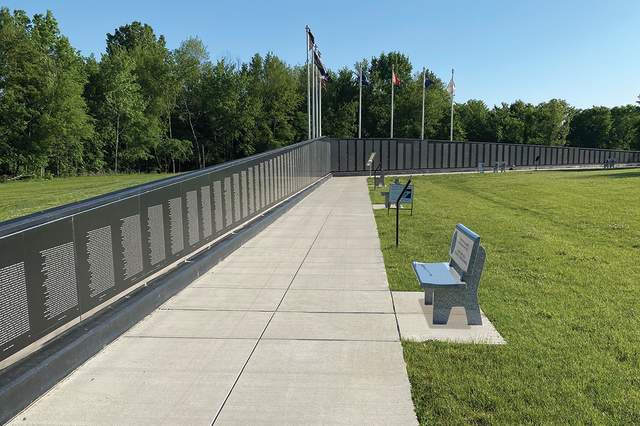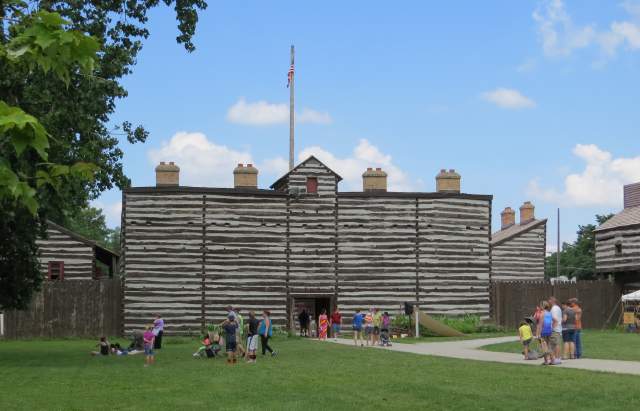Fort Wayne History
Early Pioneers to Modern Day Technology
Did you know that the city of Fort Wayne is over 200 years old? The information you'll find below is just part of the history that makes Fort Wayne the city that it is today.
For more information and an interactive display that is the second largest of its type in Indiana, please visit The History Center in downtown Fort Wayne!
Fort Wayne - A Summary
Fort Wayne in the 1800s
Early settlers and Native Americans referred to Fort Wayne as a crossroads because of its strategic location at the convergence of three rivers - the St. Mary's, the St. Joseph, and the Maumee Rivers. The city of Fort Wayne is named after General "Mad" Anthony Wayne, a bold military leader who established the first American fort at the confluence of the three rivers.
In 1824, the Indiana General Assembly established Allen County, and the 1830s brought about the construction of the Wabash and Erie Canal in Fort Wayne. This famous canal earned Fort Wayne the nickname "Summit City" because it was the highest point above sea level along the entire canal route.
Years later, with the advent of the railroad, Fort Wayne held a key position in the great Pennsylvania Railroad and soon become known as the "Altoona of the West." As the 1800s drew to a close, industry in Fort Wayne continued to flourish as immigrants poured into the area seeking jobs .
Fort Wayne in the 1900s
As the 1900s rolled onto American history, Fort Wayne continued to flourish. Even during the Great Depression Fort Wayne continued its economic boom. Companies like Lincoln National Life Insurance Corporation, Farnsworth Television, Zollner Piston, Central Soya, and the Holsum Bakery all called Fort Wayne home. Notable Fort Wayne landmarks like the Embassy Theatre, the Scottish Rite Auditorium, and the Lincoln Tower were built during these boom years.
Fort Wayne Today
Today, Fort Wayne is not only the hub of three rivers, it is also a major metropolitan area and the second largest city in Indiana. Fort Wayne continues to progress as corporations and individuals live, thrive and expand together. In fact during the 1980s and 1990s Fort Wayne received accolades as an All-American City and a Most Livable City. The accolades continue to come in.
As Fort Wayne advances in the 21st Century, it continues to look forward to a time of invention, innovation, and progress.
Thinking of relocating? Check out our Relocation Page.
Fort Wayne Historical Scavenger Hunt
Find the architectural designs that so richly contribute to the defining character of our city. Collect all the answers and bring into the Visitors Center for a thank you gift.
A Guide to Fort Wayne/Allen County's Historic Sites
With more than 200 years of history under its belt, Fort Wayne and Allen County has a rich and fascinating…




